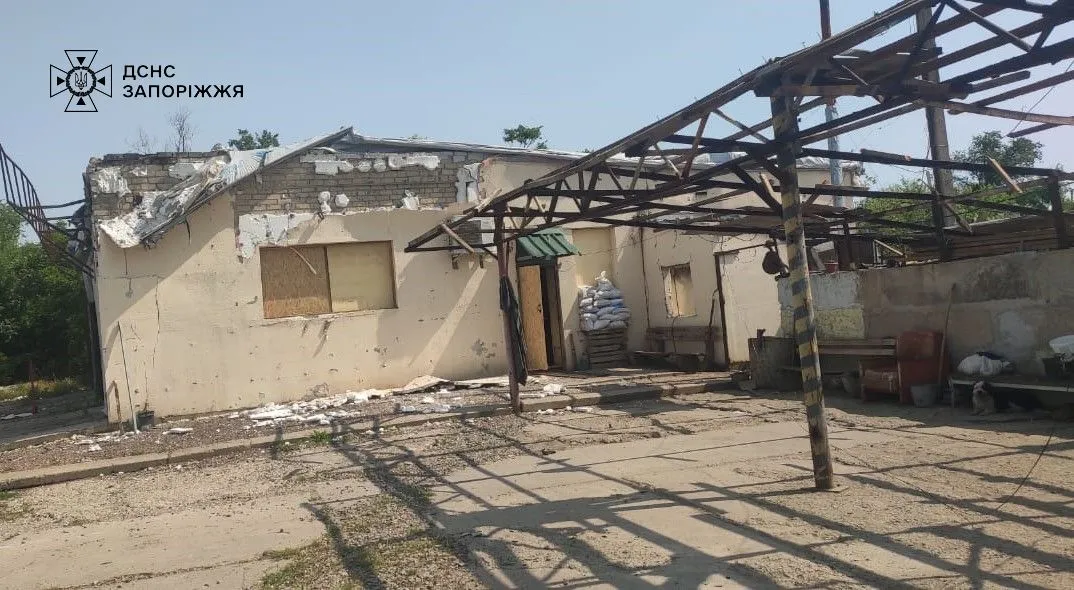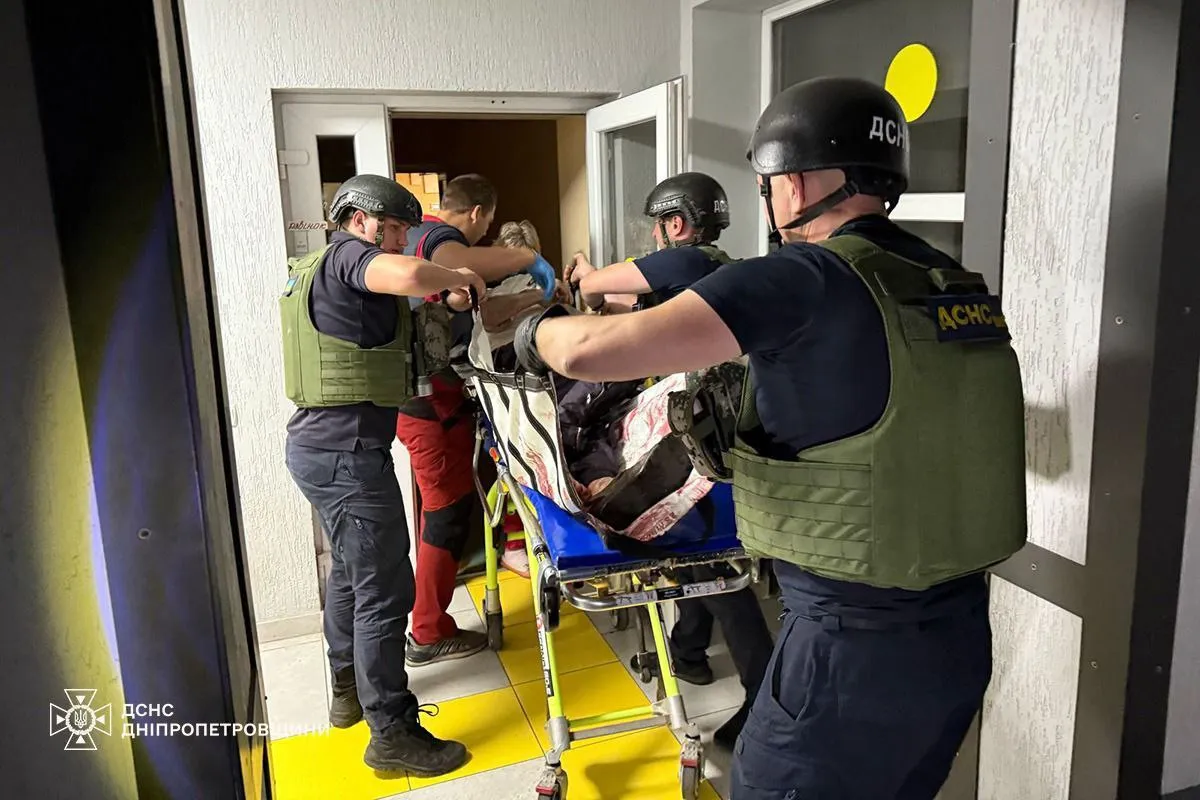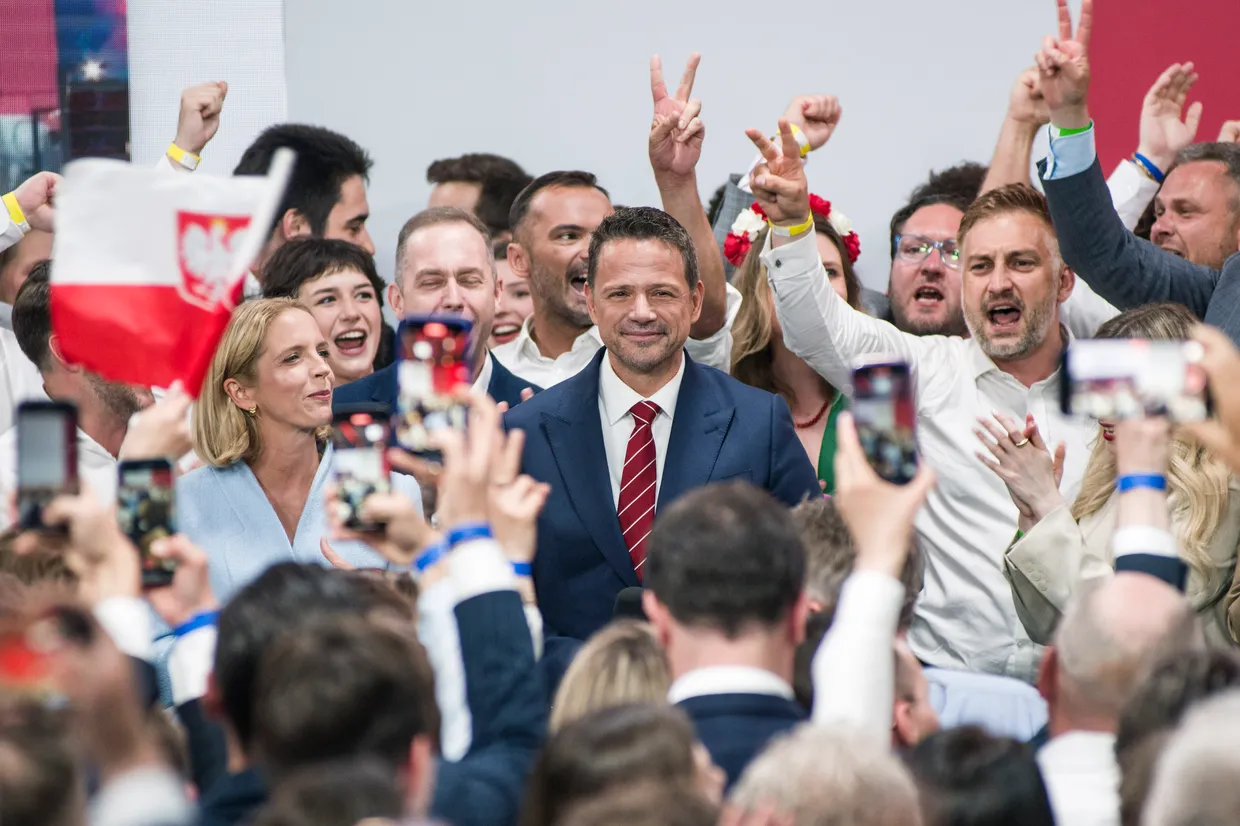As Moscow Demands Ukraine’s Capitulation While Kyiv Unleashes “Spiderweb,” the Istanbul Negotiations Reveal the Vast Chasm Between Diplomatic Theater and Battlefield Truth
Summary of the Day – June 2, 2025
The second round of peace talks in Istanbul produced precisely what observers expected: agreements on prisoner exchanges and body retrievals, but no progress toward ending the war. Russia’s memorandum, finally delivered during the June 2 meeting, revealed maximalist demands tantamount to Ukraine’s complete surrender—including recognition of illegal annexations, permanent neutrality, and regime change. Meanwhile, the aftershocks of Ukraine’s devastating “Operation Spiderweb” continued reverberating through Moscow’s military establishment, with satellite imagery confirming the destruction of multiple strategic bombers at Russian airbases thousands of kilometers from Ukraine’s borders. As diplomatic niceties unfolded in Turkey, the battlefield reality remained unchanged: Russian forces killed nine civilians and injured 49 more across Ukraine on June 2 alone, while accelerating their territorial gains to 507 square kilometers in May—the fastest pace since spring 2024. The war’s grinding momentum continued unabated, with Russian advances near Sumy, Lyman, Chasiv Yar, and Toretsk, while Ukrainian forces gained ground near Velyka Novosilka, underscoring that military dynamics—not negotiating tables—continue to dictate the conflict’s trajectory.
The Theater of Impossibility: Russia’s Surrender Terms Disguised as Peace
Ukrainian and Russian delegations met in Istanbul for roughly one hour, reaching only agreements about prisoner exchanges while Russia’s maximalist memorandum revealed demands for Ukraine’s complete capitulation. Ukrainian Defense Minister Rustem Umerov proposed a 90-day ceasefire, release of all POWs, return of abducted children, and leader-level talks between June 20-30, but Russia rejected the ceasefire proposal entirely.
The limited humanitarian progress included an “all for all” exchange of seriously ill and wounded POWs aged 18-25, involving at least 1,000 total prisoners, plus exchange of 6,000 bodies from each side. Russia proposed creating permanent medical commissions for regular wounded POW exchanges and a two-to-three-day localized ceasefire solely to retrieve battlefield corpses.
Russia’s memorandum demands included: international recognition of occupied Luhansk, Donetsk, Zaporizhia, Kherson oblasts and Crimea with complete Ukrainian withdrawal; indefinite neutrality with bans on military alliances, foreign deployments, and nuclear weapons; termination of all security agreements; and legislation against “glorification of Nazism.” Most revealing was Moscow’s demand for regime change: Ukraine must end force generation, begin demobilization, end martial law, organize elections within 100 days, elect a new government, and terminate all foreign military assistance.
President Zelensky dismissed Russia’s corpse-retrieval ceasefire as idiotic: “They just don’t see a ceasefire as such at the moment. They are ready for a 2–3-day ceasefire to retrieve the dead from the battlefield. I think they’re idiots, because, fundamentally, a ceasefire is meant so that there are no dead. You can see their attitude. For them, this is just a brief pause in the war.”
The Children They “Saved”: Russia’s Systematic Abduction Dismissed as Charity
When Ukraine presented a list of 331 abducted children demanding return, Russian delegation head Vladimir Medinsky dismissed the humanitarian crisis as a “show for childless European old ladies” while claiming Russia “saves” rather than kidnaps children. The dismissive response exposed Moscow’s cynical approach to what constitutes genocide under international law.
The scale dwarfs diplomatic deflections: Ukraine has verified 19,456 deported children with only 1,345 returned, while Yale’s Humanitarian Research Lab estimates 35,000 total deportations. Kremlin Children’s Rights Commissioner Maria Lvova-Belova—under ICC arrest warrant—claimed Russia “accepted” 700,000 Ukrainian children between February 2022 and July 2023.
“We told them they had stolen 20,000 children, and they responded that it wasn’t 20,000 — at most, they said, it was a matter of a few hundred,” Zelensky reported. “They admitted to taking children. We believe it’s thousands, they say it’s hundreds, but what matters is that they acknowledged the fact.”
Operation Spiderweb’s Strategic Devastation: When Wooden Sheds Became Weapons of War
The diplomatic proceedings unfolded against Ukraine’s most audacious long-range operation, with satellite imagery confirming devastating damage to Russia’s strategic bomber fleet. First satellite images from U.S. aerospace company Umbra Space confirmed destruction of at least three Tu-95MS strategic bombers and one Tu-22M3 aircraft at Belaya Air Base in Irkutsk Oblast, with additional aircraft visibly damaged. Combined footage indicates Ukrainian forces destroyed or damaged four Tu-95 bombers and three Tu-22M3 bombers at Belaya, five Tu-95 bombers and one An-22 transport at Olenya Air Base in Murmansk Oblast, plus one A-50 airborne early warning aircraft at Ivanovo Air Base.
The operation’s sophistication revealed Ukraine’s asymmetric warfare mastery: explosive-laden drones hidden inside wooden shed roofs, transported by truck thousands of kilometers into Russian territory before remote activation. Ukrainian security officials confirmed the year-and-a-half planning process, with 117 drones and corresponding operators executing strikes across four strategic airfields.
Ukraine claims destroying 13 aircraft with over 40 damaged total, representing 34% of Russia’s strategic bomber fleet—particularly devastating since Russia hasn’t built new Tu-95 or Tu-22M3 aircraft since 1991, leaving only 70-90 Tupolev aircraft operational before the strike.
When Civilians Fight Drones with Stones: Russian Desperation on Display
In surreal testimony to the operation’s audacity, Russian authorities are considering rewarding civilians who threw stones at Ukrainian drones during the attacks. Irkutsk Oblast Governor Igor Kobzev praised locals’ “non-indifference” after videos showed Russians hurling rocks at FPV drones emerging from trucks—the same makeshift launch systems that devastated their airbases.
Trump Learns of Spiderweb After the Fact: Ukraine’s Independent Strike Capability
U.S. President Trump was not informed in advance about the drone attack, with the White House learning of the operation only as it unfolded. The revelation underscored Ukraine’s independence in conducting sensitive military operations, even while seeking American diplomatic support. Defense Secretary Pete Hegseth received updates during travel but hasn’t communicated with Ukrainian counterparts about the operation.
Russian Rage and Deflection: Propaganda’s Fractured Response to Humiliation
Russian officials and propagandists fractured over responding to the unprecedented airfield attacks. While Putin remained silent, propagandist Vladimir Solovyov called the operation “grounds for a nuclear attack” and demanded strikes on Ukraine’s presidential office and NATO airfields in Poland and Romania.
 Pro-war bloggers proved more critical, calling it “Russia’s Pearl Harbor” and “a black day for Russia’s long-range aviation.” Fighter Bomber wrote: “You really had to work hard to screw up and miss such containers. But we managed.” Another blogger urged: “It’s important to tell the truth now, no matter how bitter it may be. We’ll win the war anyway. We just have to stop lying to ourselves.”
Pro-war bloggers proved more critical, calling it “Russia’s Pearl Harbor” and “a black day for Russia’s long-range aviation.” Fighter Bomber wrote: “You really had to work hard to screw up and miss such containers. But we managed.” Another blogger urged: “It’s important to tell the truth now, no matter how bitter it may be. We’ll win the war anyway. We just have to stop lying to ourselves.”
Russia’s Accelerating Territorial Gains: The Numbers Behind the Grinding Advance
While Ukraine struck deep into Russia, Moscow’s ground forces accelerated territorial acquisition: 507 square kilometers captured in May 2025, up from 379 in April and 240 in March, focused primarily on eastern Donetsk region. Over the past year, Russia gained 5,107 square kilometers while Ukraine recaptured only 85, leaving Moscow controlling nearly 19% of pre-war Ukrainian territory.
The human cost remains staggering: Russia’s losses neared 1 million soldiers since February 2022, while Ukrainian forces continue preparing for Moscow’s anticipated summer offensive.
Northern Front: Russia’s Drive Toward Sumy City
Russian forces intensified efforts to widen the frontline in northern Sumy Oblast along three axes, with confirmed advances north of Andriivka and northeast of Yablunivka. Moscow’s forces recently seized Oleksiivka, Novomykhailivka, and Kindrativka, positioning themselves to advance within 12-15 kilometers of Sumy City—placing the entire city within tube artillery range.
Eastern Grind: Incremental Advances at Enormous Cost
Russian forces achieved modest gains across multiple eastern axes. In the Lyman direction, geolocated footage confirmed advances in northern Karpivka. At Chasiv Yar, Russian forces advanced south of the city and allegedly seized Stupochky. Near Toretsk, elements of the 255th Motorized Rifle Regiment advanced up to 300 meters near Yablunivka and Oleksandropil, though Ukrainian counterattacks slowed progress.
Ukrainian forces demonstrated continued offensive capability with confirmed advances along a windbreak south of Novopil in the Velyka Novosilka direction, proving initiative need not remain exclusively Russian.
Ukrainian Operations in Kursk: Maintaining the Cross-Border Foothold
Ukrainian forces maintained their Kursk Oblast presence, attacking toward Tetkino while Russian forces struggled with supply difficulties. The cross-border operations continue pressuring Russian logistics and demonstrating Ukraine’s ability to project power into Russian territory.
The Daily Carnage and Targeted Terror: June 2’s Civilian Toll
Russian attacks killed nine civilians and injured 49 across Ukraine, using 80 Shahed drones, three Iskander ballistic missiles, and one cruise missile. Ukrainian air defenses intercepted 15 drones while electronic warfare suppressed 37 others.
 Most egregiously, Russian FPV drones deliberately targeted a State Emergency Service building in Zaporizhzhia Oblast, injuring 12 emergency workers with a follow-up attack during evacuation—part of Russia’s systematic double-tap strategy against first responders. One worker remains critical while others suffered moderate injuries.
Most egregiously, Russian FPV drones deliberately targeted a State Emergency Service building in Zaporizhzhia Oblast, injuring 12 emergency workers with a follow-up attack during evacuation—part of Russia’s systematic double-tap strategy against first responders. One worker remains critical while others suffered moderate injuries.
Regional casualties spread across multiple oblasts: three hospitalized in Dnipropetrovsk’s Nikopol district; one killed and three injured in Donetsk’s Kostiantynivka; twelve injured including two children in Kharkiv; three killed and 19 injured including two children in Kherson; five killed and nine injured in Zaporizhzhia.

Russia’s Nightly Air Campaign: Ukraine Strikes Back
As Russia bombarded Ukrainian cities, Ukrainian forces launched their own massive drone offensive. Russian authorities claimed intercepting 162 Ukrainian drones across multiple regions overnight, with explosions reported in Voronezh, Kursk, Lipetsk, Ryazan, Ivanovo, and Volgograd oblasts. Notable targets included attempted strikes on the Novolipetsk Steel plant, Russia’s largest steel producer.
America’s Political Divide: Democrats Demand Trump Show Backbone
Congressional Democrats sharply criticized Trump’s cautious approach toward Russia. Senate Minority Leader Chuck Schumer demanded: “Putin is a clear villain and a bully. So, where is Donald Trump’s backbone? Where is his conviction? Where is that toughness he likes to project?” Senator Dick Durbin added: “The whole world is watching the United States to see if you will stand firm against Putin. You do not want our legacy to be appeasement and surrender to Russia.”
Turkey’s Diplomatic Gambit: Four-Way Summit Proposal
Turkish President Erdogan proposed facilitating a four-leader meeting including himself, Trump, Putin, and Zelensky in Ankara or Istanbul. Zelensky expressed support: “I support a meeting at the level of leaders, because I have the impression that there will be no ceasefire without our meeting.” The White House confirmed Trump’s openness to the proposal if both sides commit to negotiations.
The Technology Race: AI, Machine Learning, and the Future of Warfare
Both sides accelerated development of AI/ML-powered drones to automate targeting, bypass electronic warfare, and reduce human operator dependence. Russia began serial production of Tyuvik drones with target-homing systems and EW resistance, while fielding experimental swarms with drone-to-drone recognition capabilities.
Ukraine deployed its GOGOL-M AI-powered mothership drone for first autonomous missions, capable of delivering two FPV attack drones at 300-kilometer range. The technology race suggests innovation, not negotiation, will determine the war’s trajectory.
Economic Pressure: Russia’s Central Bank Under Fire
Russian Central Bank Governor Elvira Nabiullina faces government pressure to reduce the 21% key interest rate—the highest since the early 2000s—imposed to combat wartime inflation. The borrowing costs devastated civilian industries while benefiting the military-industrial complex, creating internal economic tensions as the war’s financial toll mounts.
Polish Politics Shift: Implications for Ukraine’s Crucial Ally
 Conservative historian Karol Nawrocki’s narrow presidential victory (50.89% to 49.11%) signals a more transactional Ukraine relationship. Nawrocki opposes Ukraine’s NATO membership and prioritizes Polish citizens over Ukrainian refugees, potentially complicating the historically strong Warsaw-Kyiv partnership during Ukraine’s most desperate hour.
Conservative historian Karol Nawrocki’s narrow presidential victory (50.89% to 49.11%) signals a more transactional Ukraine relationship. Nawrocki opposes Ukraine’s NATO membership and prioritizes Polish citizens over Ukrainian refugees, potentially complicating the historically strong Warsaw-Kyiv partnership during Ukraine’s most desperate hour.
Western Defense Expansion: Britain and Norway Respond
The UK launched its largest defense spending increase since the Cold War’s end, with plans for 12 new nuclear submarines, 7,000 long-range weapons, and six munitions factories. Prime Minister Starmer declared: “The front line, if you like, is here,” recognizing Russia’s threat extends beyond Ukraine.
Norway pledged to help cover Ukraine’s potential one-billion-euro gas deficit, crucial as Russia systematically targets energy infrastructure. Having lost 50% of gas production to Russian attacks, Ukraine faces severe winter shortages without international support.
The Intelligence War: Russia’s European Recruitment Campaign
Ukrainian military intelligence warned of Russian efforts recruiting vulnerable Ukrainians for sabotage operations across Europe. Recent cases include Ukrainian nationals charged with arson attacks on UK Prime Minister Starmer’s properties, parcel bomb plots in Germany, and shopping mall fires in Poland—demonstrating Moscow’s hybrid warfare expansion.
Energy Resilience: Private Sector Innovation
Despite systematic infrastructure attacks, Ukrainian energy company DTEK secured a $72-million loan for Europe’s largest battery storage complex, totaling 200 megawatts across six installations. The project represents Ukraine’s shift toward decentralized, resilient energy systems capable of withstanding Russian targeting.
Looking Forward: The Persistence of Military Logic
The Istanbul talks clarified the stark choice facing Ukraine: capitulation disguised as compromise, or continued resistance until military realities force genuine concessions from Moscow. Russia’s maximalist demands—regime change, territorial capitulation, and permanent sovereignty neutering—prove Moscow views negotiations as instruments for achieving through diplomacy what it cannot secure militarily.
Ukraine’s “Operation Spiderweb” sent an unmistakable message: while diplomats exchange memorandums, Ukrainian forces continue developing capabilities to strike deep into Russian territory, targeting the very aircraft terrorizing Ukrainian cities. The destroyed strategic bombers represent more than tactical victories—they symbolize Ukraine’s refusal to accept victimhood.
The grinding advances around Sumy, Lyman, Chasiv Yar, and Toretsk, accelerating to 507 square kilometers captured in May alone, reveal the war’s unchanged character: methodical, attritional, and increasingly costly. Yet Ukraine’s Velyka Novosilka success proves initiative need not remain exclusively Russian.
As winter approaches with energy infrastructure in Russia’s crosshairs, international support from Norway and Britain’s defense commitments underscore allies’ recognition of the conflict’s protracted nature. The AI-powered drone technology race suggests innovation will determine outcomes more than negotiation.
The Istanbul talks failed to produce peace but succeeded in clarifying Ukraine’s fundamental choice. For now, the battlefield—not the negotiating table—remains the arena where Ukraine’s future will be decided.
